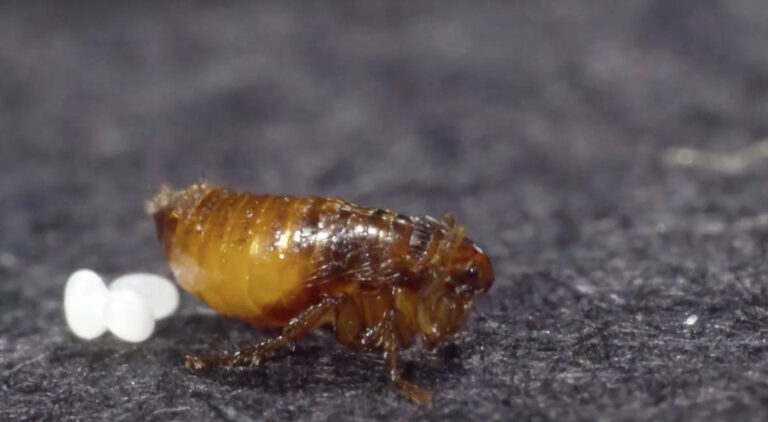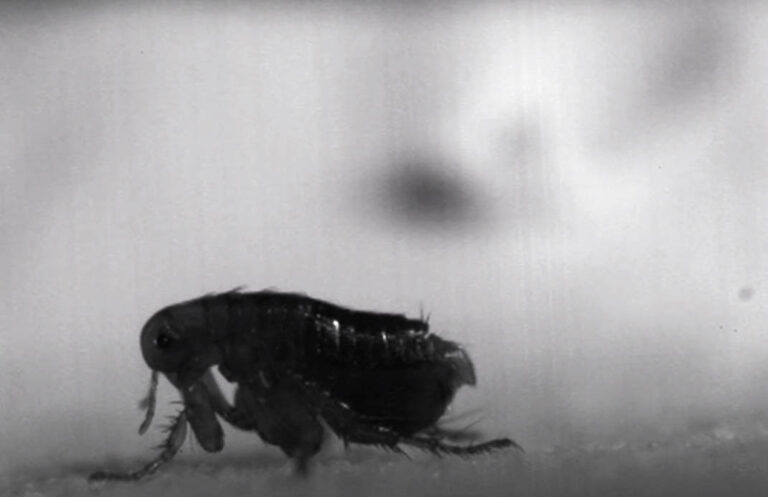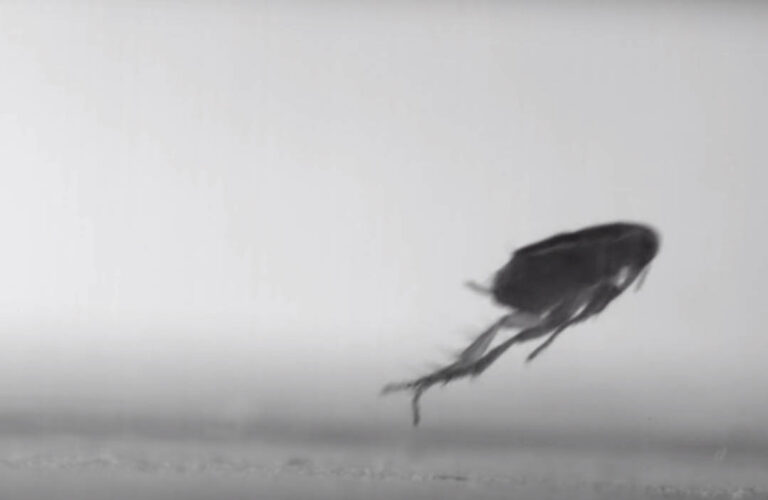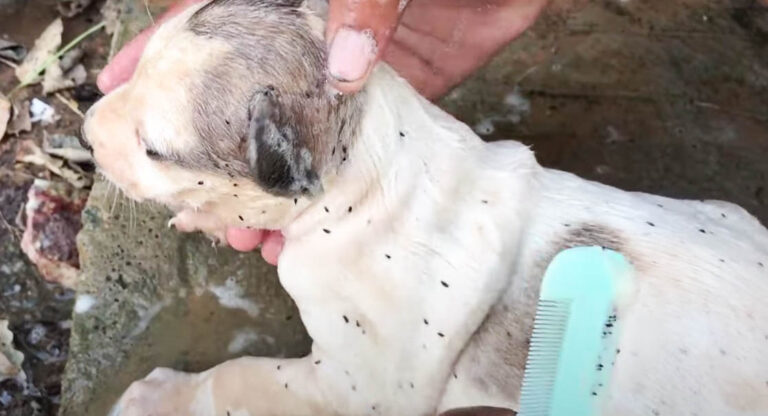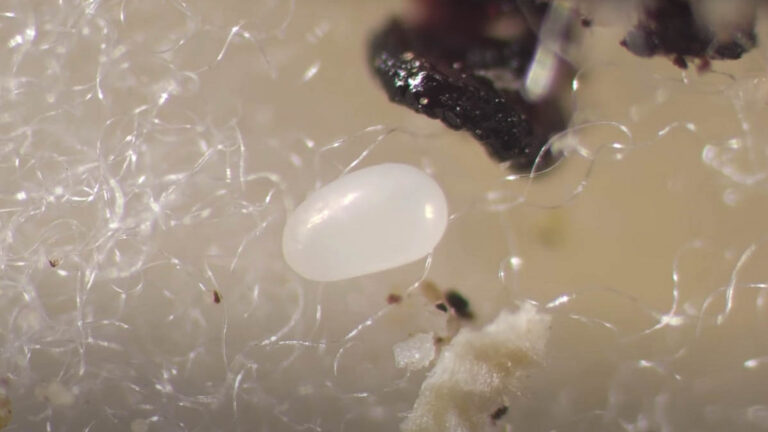How can you identify a flea?
How can you identify a flea?
Have you noticed your cat or dog itching uncontrollably? Or are they running around in circles and behaving erratically? This could be due to a flea infestation. Flea bites are nasty and itchy and usually cause a great deal of discomfort to our pets.
These tiny insects will jump on our furry friends and crawl deep into their fur and constantly bite through the skin in search of blood meals. A flea infestation is a fairly common occurrence in homes with pets, because fleas can jump on an unsuspecting animal and follow them home, and subsequently start laying incredible amounts of eggs each day.Detecting fleas is pretty obvious because the very first sign of a flea infestation is the itchy bites they deliver. Fleas are notorious for biting animals and causing itchy behavior. Therefore, if your pet suddenly develops the compulsive urge to itch and scratch more than you’ve ever seen before, then they are most likely suffering from irritating flea bites.
If constant itchy and over-grooming is the new reality for your pet, then you need to take a closer look at their fur to see if there’s something there. Inspect your pet’s fur, especially around the neck, tail, and underbelly. Gently part the fur of your pet and carefully look for tiny wingless insects, fleas are usually about 2.5 mm long with flattened and scaly reddish-brown bodies.
Despite being wingless and flightless, these insects are very fast and incredible jumpers, they will quickly jump away when they are exposed. If you encounter something like this in your pet’s fur, then they’re most certainly fleas. Flea dirt is another trace of fleas, these are fine black droppings that are excreted by adult fleas, and it will be easier to see if your pet has white fur. But you can use a flea comb and white sheet to make any black specks of flea dirt easily visible.
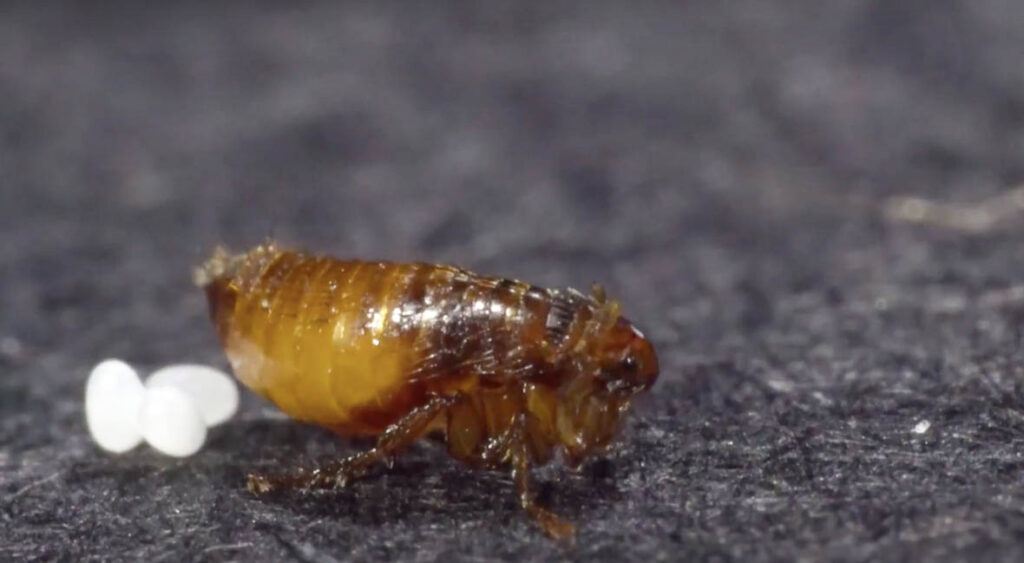
Also, check for flea bite marks which are usually tiny red bumps or rashes on your pet’s skin. Fleas on your pets also means fleas in your home, because these tiny insects have a peculiar way of spreading really fast. A single female flea will lay up to 50 tiny flea eggs and no less than 20 of these eggs every day.
These eggs quickly spread around your home as your pets move around, and with great care, you can identify these eggs as they are very small and very easy to miss. Flea eggs are white, oval-shaped, and very tiny, about 0.5 mm. Check your pets’ bedding and areas they frequent in your home, these are places where you’re likely to find these inconspicuous eggs. If you’re convinced that your pets have picked up fleas and are suffering from flea bites, you need to begin treatment immediately and also work on getting rid of every trace of fleas from your home.

